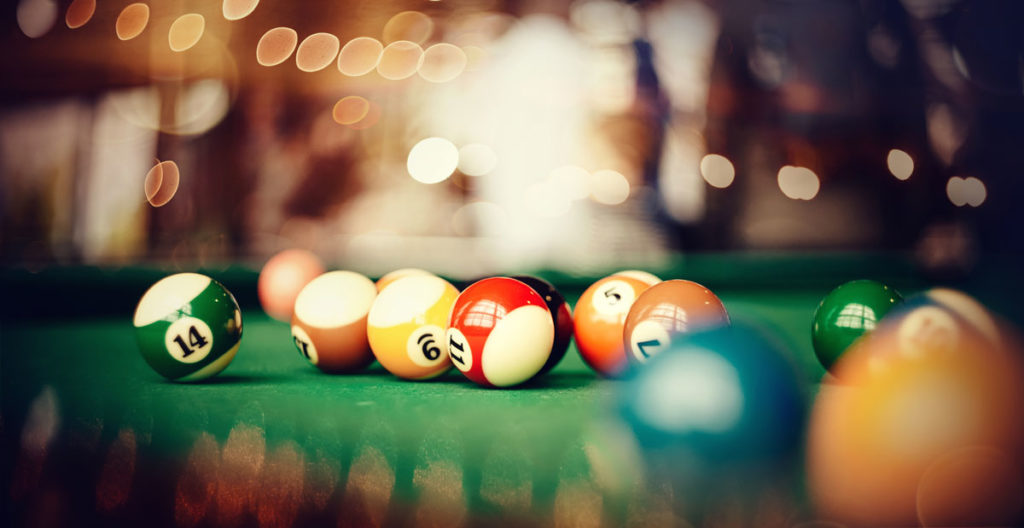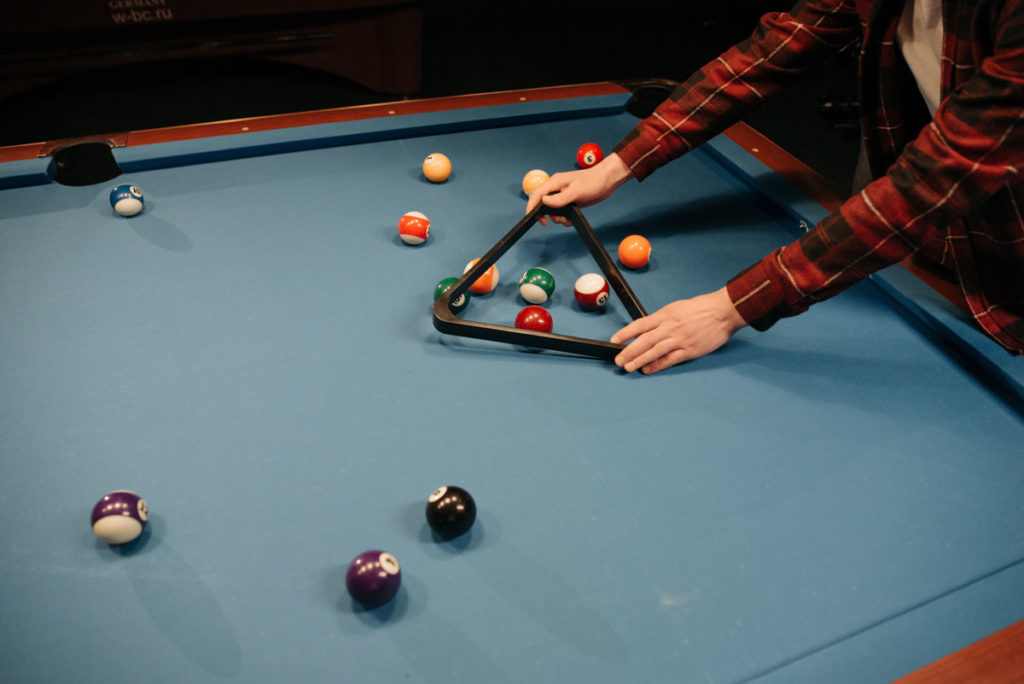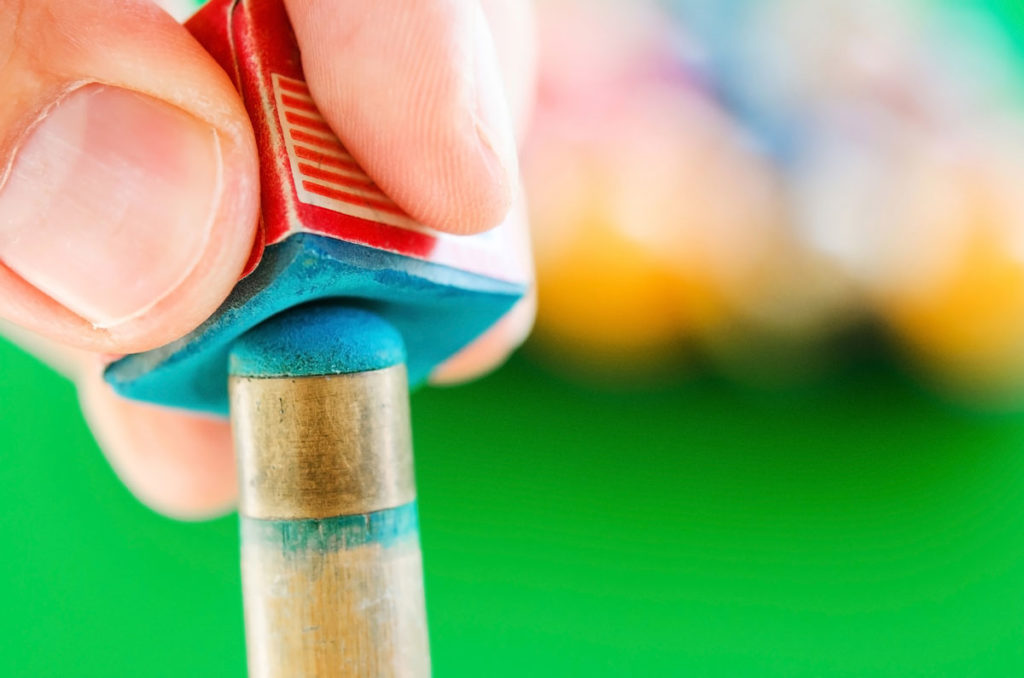
From European Lawns to Indoor Delicacy
The captivating world of pool and billiards dates back to 15th-century Europe. Originally, it wasn't the indoor game we know today but rather an outdoor lawn activity. To propel the balls towards specific targets, people used short, wooden mallets, which had more similarity with a hammer rather than a cue. This was known as “ground billiards”. However, as the winter cold became unbearable, an indoor version began to emerge.
Turning to Tables
By the 16th century, enthusiasts began playing this game on wooden tables covered with green cloth. But why green over different colours like blue or red on some pool tables you see today? In fact, it was to simulate the original feel of the green lawns used in ground billiards. Additionally, these tables had boundaries, designed to prevent balls from rolling off the edge. Soon, the wooden mallets used in the outdoor game were replaced with maces and then cues for greater precision during indoor play.
Innovations and Advancements
During the 19th-century industrial revolution, there were significant changes. The introduction of vulcanised rubber granted a consistent bounce, replacing the wadding used previously. Furthermore, as mass production methods were refined, billiard tables were no longer a luxury only the elite could afford; they became more accessible to the general public. Additionally, adopting slate as the primary material for tables ensured a flatter and more durable playing surface than the original wooden parquet table beds.

Diversifying the Game
In the 20th century, new games appeared, like snooker, eight-ball, and nine-ball pool. As these variations grew in popularity, the design of pool tables adapted, with changes in size, pocket dimensions, and overall aesthetics. For example, snooker tables were made to be larger, lower-set and have smaller pockets than American pool tables. This is why UK pool tablesare usually either 6ft or 7ft in length but American pool tables are either 8ft or 9ft (which is the official size used in professional games).
Modern Mastery
Today's pool tables are a blend of art and engineering. While they maintain the traditional essence, they're also equipped with modern enhancements for optimal play. We craft our tables with precision using premium materials such as hardwoods (like oak, ash, beech and more), slate, and high-grade felt. Our modern tables cater to passionate players as well as design enthusiasts who love the beautiful aesthetic. But here at Hamilton Billiards, we don’t just sell new tables, you also have the option to choose antique snooker tables or antique pool dining tables.
In conclusion, the pool table's journey from Europe's vast lawns to the stylish interiors of today is nothing short of remarkable. It's a testament to humanity's love for leisure, competition, and evolution. This is why our team at Hamilton Billiards ensures that every table and every cue is carefully crafted with passion and enthusiasm to continue the legacy of the game we all cherish.


